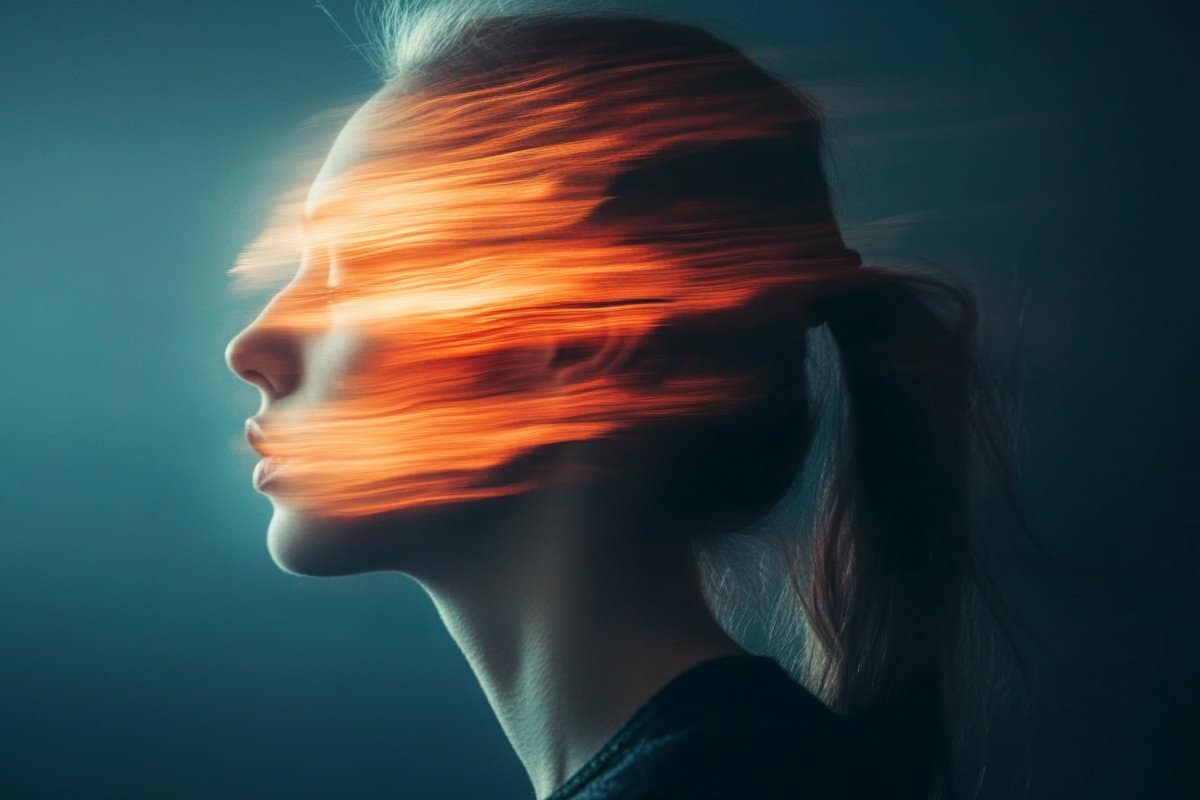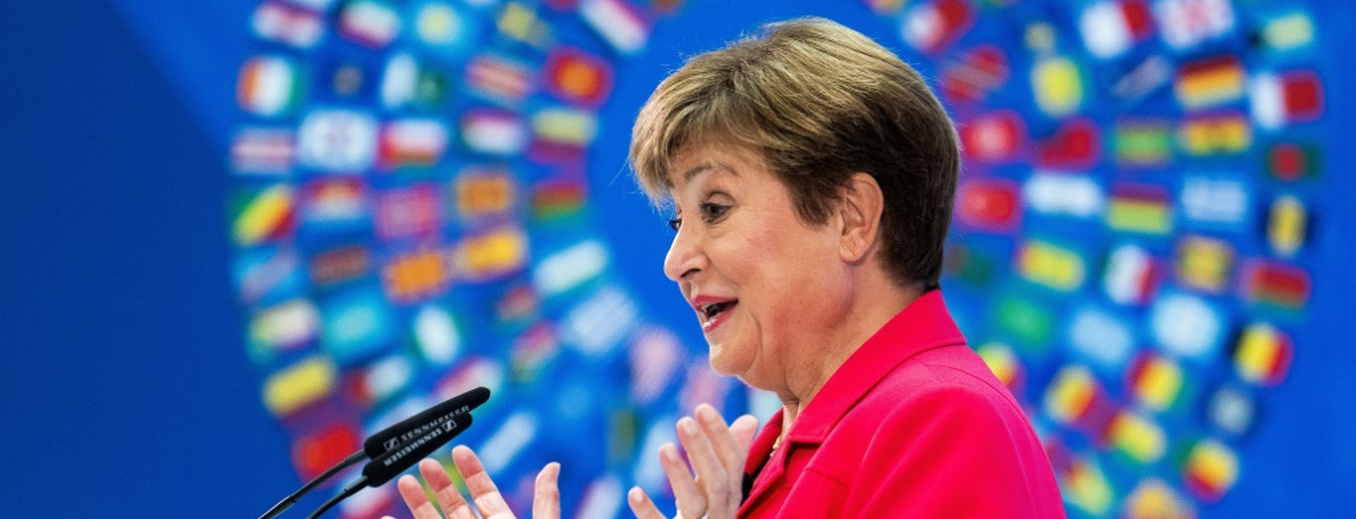Brief Anxiety Episodes Can Impair threat Assessment, Study Finds
Table of Contents
- 1. Brief Anxiety Episodes Can Impair threat Assessment, Study Finds
- 2. The Virtual Reality Flower Game
- 3. The Impact of Temporary Anxiety
- 4. Implications for PTSD and Anxiety Disorders
- 5. Counterarguments and Considerations
- 6. FAQ: Understanding Anxiety and Threat Assessment
- 7. How might these findings translate into real-world scenarios?
- 8. Interview: Examining the Impact of Brief Anxiety on Threat Assessment with Dr.Anya Sharma
- 9. Introduction
- 10. Understanding the Study’s Findings
- 11. Impact on Daily Life
- 12. Implications for PTSD and Anxiety Disorders
- 13. Practical Strategies and Interventions
- 14. Virtual Reality and the Future of Anxiety Treatment
- 15. Concluding Remarks
- 16. Reader Engagement
By Archyde News Service
A fleeting experience with anxiety can have a surprisingly powerful effect on an individual’s capacity to differentiate between secure and hazardous settings, according to a recent study. The research, which utilized a virtual reality game involving flower picking, revealed that participants who developed a strong spatial understanding of areas containing simulated “stinging bees”—delivered as mild electrical shocks—exhibited reduced anxiety.Conversely,those who struggled to distinguish between safe and hazardous zones experienced heightened anxiety,even when in ostensibly safe virtual environments.
The study, recently published in NPJ Science of Learning, highlights that temporary anxiety episodes had a more pronounced impact on learning than pre-existing anxiety traits. This suggests that heightened situational fear can interfere with threat recognition and spatial awareness, potentially exacerbating anxiety disorders such as post-traumatic stress disorder (PTSD).
The Virtual Reality Flower Game
the researchers engaged 70 neurotypical participants, aged 20 to 30, in a unique virtual reality experience. Participants were tasked with “picking” flowers in a virtual garden. Unbeknownst to them, some flowers harbored virtual “bees” that would “sting” them, simulated by a mild electrical stimulation to the hand. The aim was to see how quickly and effectively participants could learn to identify and avoid these dangerous zones.
Claire Marino, a research assistant in the ZVR Lab, and pavel Rjabtsenkov, a Neuroscience graduate student at the University of Rochester School of medicine and Dentistry, served as co-first authors of the study. Their findings indicated that participants who successfully distinguished between safe and dangerous areas demonstrated better spatial memory and lower anxiety levels. In contrast, those who failed to learn the spatial layout exhibited higher anxiety and increased fear responses, even in safe areas.
The Impact of Temporary Anxiety
One of the most striking discoveries was that short-lived instances of anxiety had a greater influence on learning than a person’s general predisposition to feeling anxious. “The findings suggest that excessive anxiety disrupts spatial learning and threat recognition, which could contribute to chronic fear responses,” the researchers noted.
This is especially relevant in the United States, where anxiety disorders are highly prevalent. According to the National Institute of Mental Health (NIMH), an estimated 31.1% of U.S. adults experience any anxiety disorder at some point in their lives. Understanding how temporary anxiety affects learning and threat assessment could lead to more effective interventions.
Implications for PTSD and Anxiety Disorders
The research offers potential insights into the mechanisms underlying PTSD and other anxiety disorders. The inability to accurately assess threats and safety, exacerbated by acute anxiety, could contribute to the heightened fear responses seen in these conditions.
“The findings suggest that excessive anxiety disrupts spatial learning and threat recognition,which could contribute to chronic fear responses,” the researchers stated.
Researchers believe understanding if individuals with existing anxiety and stress disorders display similar variations in spatial memory is the next crucial step.
Further research is planned to explore whether focusing on potential threats impacts broader environmental awareness by incorporating attention-tracking measures such as eye-tracking.
Additional authors include Caitlin Sharp, Zonia Ali, Evelyn Pineda, Shreya Bavdekar, Tanya Garg, Kendal Jordan, Mary Halvorsen, Carlos Aponte, and Julie Blue of the University of Rochester medical Center, and Xi Zhu, PhD, of Columbia University Irving Medical Center.
The research was supported by the National Institute of Mental Health,Wellcome Trust Fellowship,and the European Research Council Grant.
Counterarguments and Considerations
Some researchers argue that virtual reality simulations may not fully replicate the complexities of real-world threat assessment. The artificial environment and controlled stimuli might not evoke the same physiological and emotional responses as genuine dangerous situations. Therefore, the findings may not be directly generalizable to all anxiety-provoking scenarios.
However,proponents of VR research emphasize its ability to isolate specific variables and create controlled,repeatable experiments. This allows for a more precise understanding of the cognitive and emotional processes involved in anxiety and threat assessment, which can then inform the progress of more targeted interventions.
FAQ: Understanding Anxiety and Threat Assessment
| Question | Answer |
|---|---|
| What is spatial memory, and why is it critically important in anxiety? | Spatial memory refers to your brain’s ability to remember the locations of objects and places. It’s crucial for navigating environments and recognizing potential threats.Impaired spatial memory can lead to increased anxiety,as individuals may struggle to differentiate between safe and dangerous zones. |
| How does temporary anxiety differ from chronic anxiety? | Temporary anxiety is a short-lived feeling of worry or unease, often triggered by a specific event or situation. Chronic anxiety, on the other hand, is a persistent and excessive worry that occurs more days than not for at least six months. This study found temporary anxiety had a greater impact on learning safety cues. |
| What are the potential implications of this research for treating PTSD? | This research suggests that addressing spatial memory and threat assessment deficits could be a key component of PTSD treatment.Therapies that focus on improving spatial awareness and helping individuals accurately distinguish between safe and dangerous environments may be particularly beneficial. |
| Can virtual reality be used as a therapeutic tool for anxiety disorders? | Yes,virtual reality exposure therapy (VRET) is increasingly used to treat anxiety disorders,including PTSD and phobias. VRET allows individuals to safely confront feared situations in a controlled environment, gradually reducing their anxiety responses. |
| What are some practical steps I can take to improve my threat assessment skills? | Mindfulness practices can help improve focus and awareness of your surroundings. Cognitive behavioral therapy (CBT) techniques can definitely help challenge and reframe anxious thoughts. Seeking professional help from a therapist or counselor can provide personalized strategies for managing anxiety and improving threat assessment. |
How might these findings translate into real-world scenarios?
Interview: Examining the Impact of Brief Anxiety on Threat Assessment with Dr.Anya Sharma
Introduction
Welcome to Archyde! Today, we have Dr. Anya Sharma with us, a leading clinical psychologist specializing in anxiety disorders. Dr. Sharma, thank you for joining us.
Dr. Sharma: Thank you for having me.It’s a pleasure to be here.
Understanding the Study’s Findings
Interviewer: The recent study on anxiety and threat assessment, as you know, utilized a fascinating virtual reality flower-picking game. What, in your professional opinion, is the most notable takeaway from this research?
Dr. Sharma: I believe the most impactful element is the finding that temporary anxiety substantially impairs threat recognition, even more so than pre-existing anxiety traits. This suggests that situational fear can heavily distort our ability to learn and assess safety, which has important implications for anxiety disorders.
Impact on Daily Life
Interviewer: How might these findings translate into real-world scenarios? For instance, how could brief anxiety episodes—perhaps triggered by a sudden loud noise—impact a person’s ability to navigate a crowded street or even their workplace?
Dr. Sharma: Exactly! Imagine someone startled by a noise. If they’re already experiencing a degree of anxiety, this can heighten their fear response. They might misinterpret cues in their environment, potentially perceiving someone acting strangely as a direct threat, or misjudging safe conditions. This could lead to avoidance behaviors,further fuelling anxiety.
Implications for PTSD and Anxiety Disorders
Interviewer: The study touches on the potential for this research to provide insights into PTSD and other anxiety disorders. Can you elaborate on this?
Dr. Sharma: Certainly. One of the core features of PTSD is the inability to properly gauge safety. This study suggests that acute anxiety can significantly disrupt how we learn to understand the environment and this plays a crucial role in the advancement and maintenance of PTSD symptoms. If those with PTSD could learn new techniques to improve their awareness of threats, they might make great gains in their treatment.
Practical Strategies and Interventions
Interviewer: the study also included a “pro tip” about mindfulness techniques. Could you expand on the practical steps individuals can take to help manage temporary anxiety?
Dr.Sharma: Absolutely. Mindfulness practices, such as deep breathing, meditation, and even simple body scans, can be incredibly valuable.Cognitive-behavioral therapy (CBT) techniques, which focus on reframing anxious thoughts, are also highly effective. Essentially, any technique that helps individuals ground themselves in the present moment and become more acutely aware of their surroundings can be beneficial. Seeking professional help from a therapist or counselor can provide personalized strategies for managing anxiety and improving threat assessment. Being aware of your thoughts, feelings, and surroundings is the best defense.
Virtual Reality and the Future of Anxiety Treatment
Interviewer: Considering the virtual reality element of the study, what is the future of VR in anxiety treatment?
Dr. Sharma: Virtual Reality holds immense promise. VR Exposure Therapy, as a notable example, allows therapists to create a controlled and safe setting where patients can confront their fears. This allows them to develop strategies for the real world,and the potential is revolutionary – for PTSD,phobias,and other anxiety disorders. The more research like this, the better we can understand how these therapies will truly benefit those struggling.
Concluding Remarks
Interviewer: Dr. Sharma, thank you so much for providing such valuable insights. This research is definately thought-provoking.
Dr. Sharma: The pleasure was all mine. It’s crucial to keep bringing these findings to light!
Reader Engagement
Interviewer: Now, we want to hear from you, our audience! Do these findings resonate with your experiences? Have you noticed how short-term anxiety impacts your ability to evaluate the world around you? share your thoughts and experiences in the comments below.






